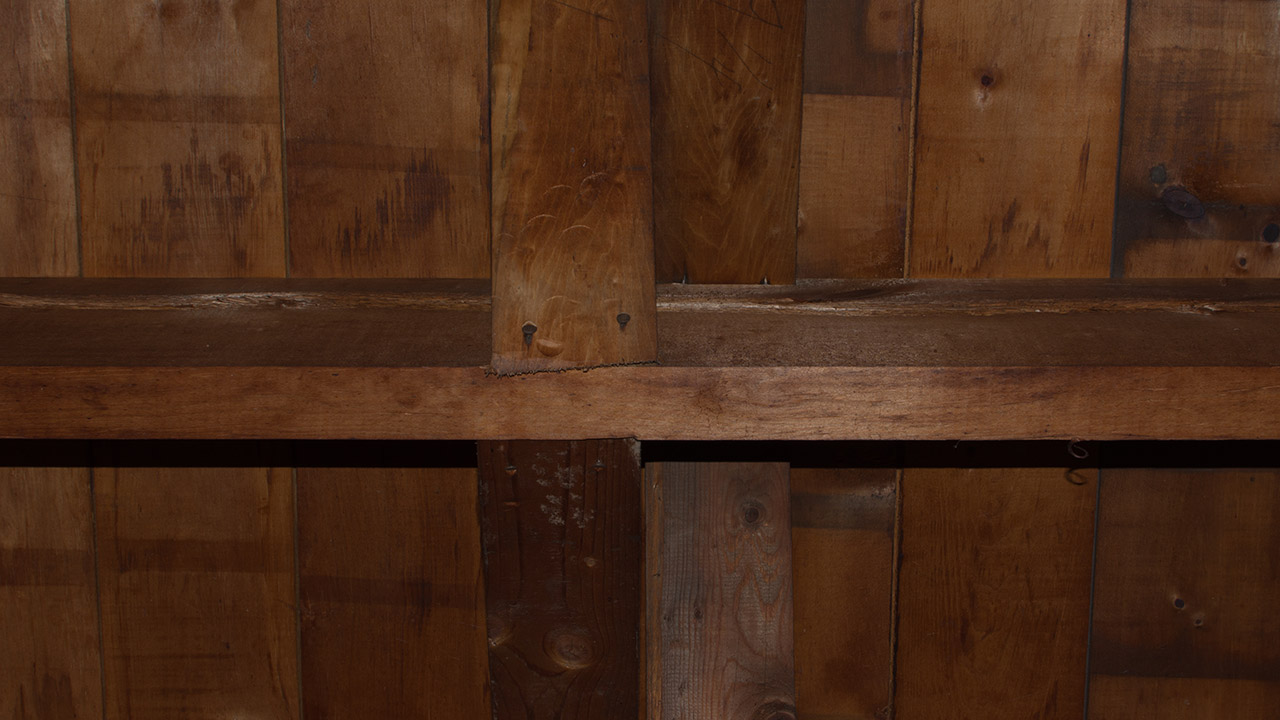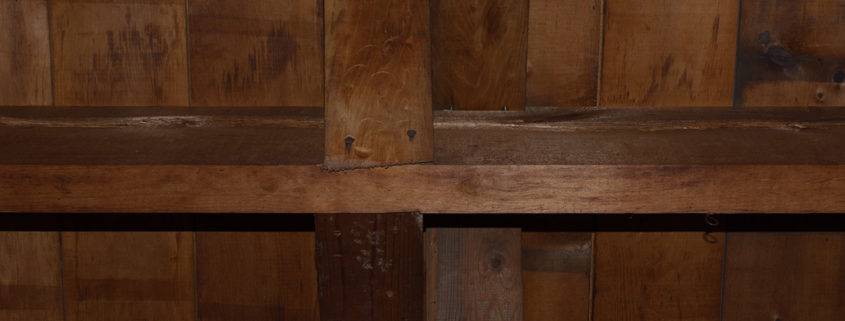How to Identify Serious Structural Issues in a Home

Considering buying an older home? There are plenty of benefits of taking this route versus buying new construction. Older homes have a lot of character, are usually located in more established neighborhoods that are closer to urban centers, and are typically surrounded by mature greenery. That said, older homes may also require some improvements considering the aging of the construction materials.
Yet while many improvements can be easily done with relatively few issues, structural problems can be extremely difficult and costly to rectify. Unless you’re planning to completely tear the home down and build new, you should avoid buying a home with a faulty structure, as it will just wind up being a money pit.
Here are a few signs that a home’s foundation is in rough shape.
Rotting Joists
While you might not necessarily be able to spot rotting joists right away, you might be able to identify them by peering through ceiling panels and poking at the wood with some type of tool. If it’s soft and can easily crumble, you have a big problem. And if the spot you checked has rotting joists, odds are the problem is widespread. This type of issue is very serious and is expensive to fix.
Drooping Roof
If the roof line of the home looks like it’s drooping or bowing in the middle, that may be a sign that there has been some shifting of the load-bearing walls. These walls are incredibly important as they support the weight of the structure and keep it standing straight. A faulty structure could be the culprit behind the shifting of the load-bearing walls.
To get the best view of the roof line, look at it from a distance rather than immediately outside the front yard, which will give you a better perspective. If there is obvious sagging, the home could actually be deemed unsafe.
Cracked Foundation
Hairline cracks in the foundation walls are pretty common and usually nothing to be alarmed about. After a new home is built, it settles after a while which can result in these thin cracks on the inside or outside of the foundation walls. However, thicker cracks can be a sign of something more serious. Anything wider than 1/16 inch is an issue, particularly if lets water or pests in, or gets longer and wider as time goes on.
Large cracks that reach the top of the foundation wall or the basement floor, run horizontally, or wrap around a corner are cause for concern and could signify that the soil under the foundation is moving and forcing the foundation to move along with it.

Improper Water Drainage
If any water from rainfall or irrigation systems is unable to drain properly, it can cause soil shifting, which can put a ton of pressure on a home’s foundation and can even make a home unsafe to live in. Improper water drainage is one of the most common causes of soil shifting which can cause the soil surrounding the foundation to expand very quickly when it rains and rapidly contract during dry spells.
If you notice that the soil around the perimeter of the home is very wet even though it hasn’t rained over the past few days, or the soil is dry despite a recent rainfall or watering, odds are the water is not being drained properly.
Another way to identify improper water drainage around the home is to turn off all faucets and water-running appliances, taking note of the water meter’s readout, then checking to see if the reading has changed a few hours later. If the reading is different, there may be a few leaks under the foundation’s floor or behind its walls which require immediate attention.
Cracked Walls
Not only can cracks appear on the foundation walls, they can also appear on upper-level walls as well. While some cracking is only natural as a home ages, major cracks and signs of crumbling of upper-level walls is a sign of significant settling. If the walls exhibit signs of warping, cracking, crumbling, decay, or water damage, the foundation of the home may be failing and will require extensive work to rectify.
Sagging Floors
A faulty foundation can also manifest itself in the form of sagging floors and ceilings, as well as gaps at the junction of the floors and ceilings. While you can often tell just by looking at the ceilings and floors that they are sagging, you can verify this by using a level tool.
Sticky Doors and Windows
All the windows and doors of a home should obviously fit tightly in their openings to ensure that they are energy efficient, by they shouldn’t be so tight that it takes a lot of effort to open and close them. If you notice that the doors and windows of a home “stick” when trying to open or close them, there cold be an underlying issue with the home’s foundation.
Even if there is some other reason for sticky doors and windows, this issue will need to be fixed immediately in order to reduce energy loss throughout the home.
The Bottom Line
Knowing exactly what to look for when searching for a home can help you identify issues that are deal-breakers. Typically, the foundation, roof, walls, ceilings, windows, and doors are components that will reveal problems with the home’s overall structure. At that point, you have choices: either negotiate a lower price, ask the seller to tackle the repairs for you, or move on.



